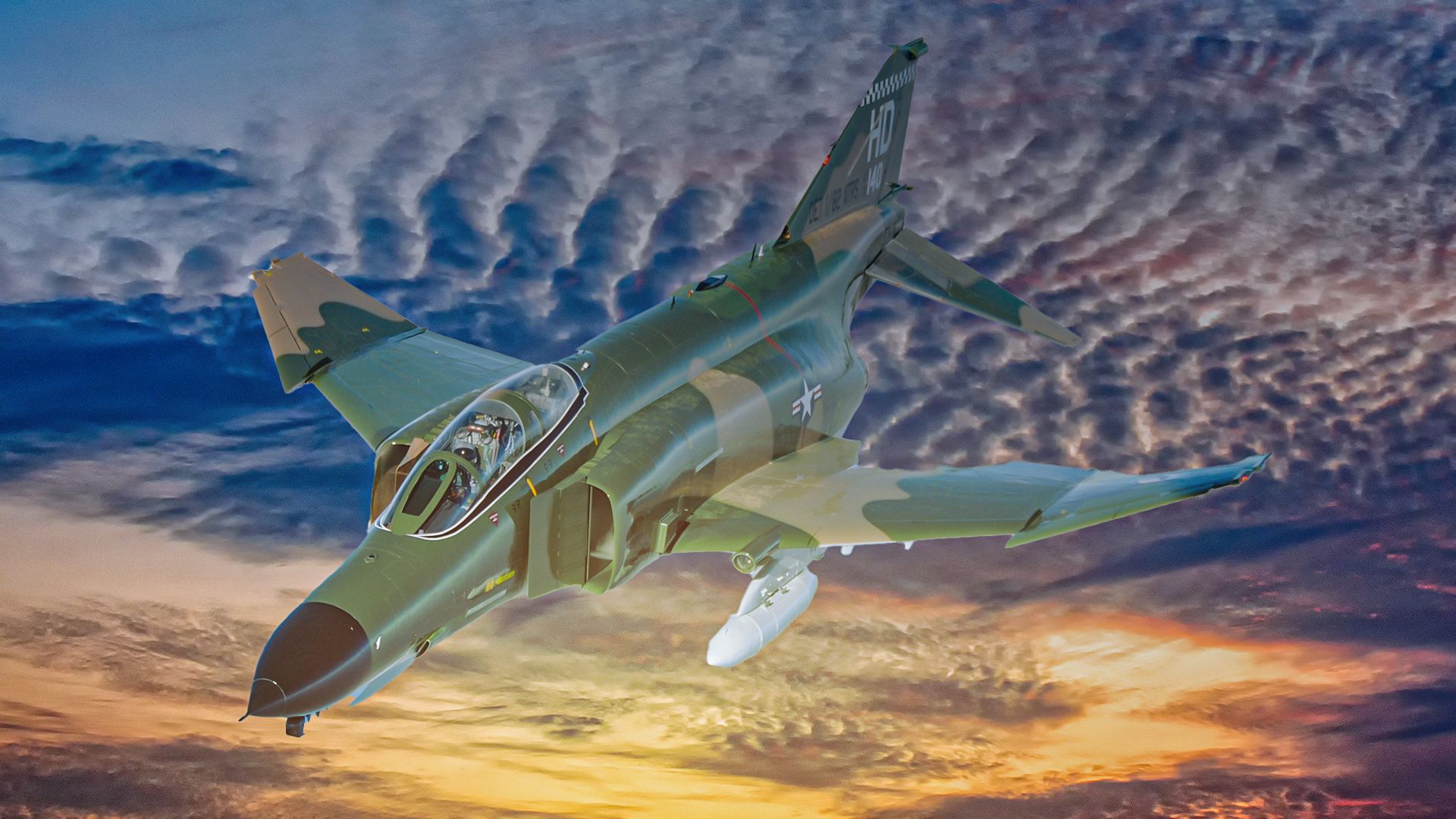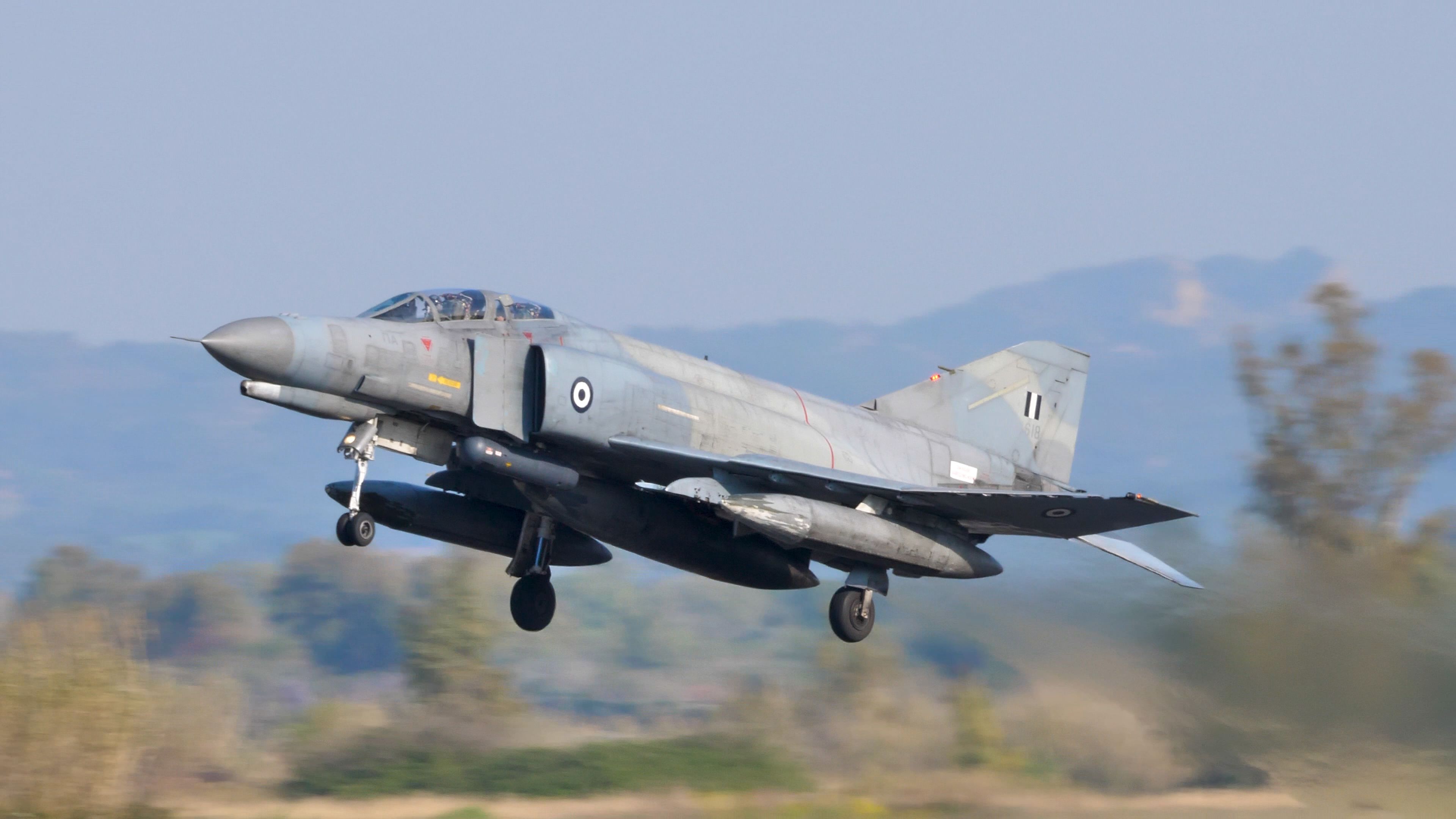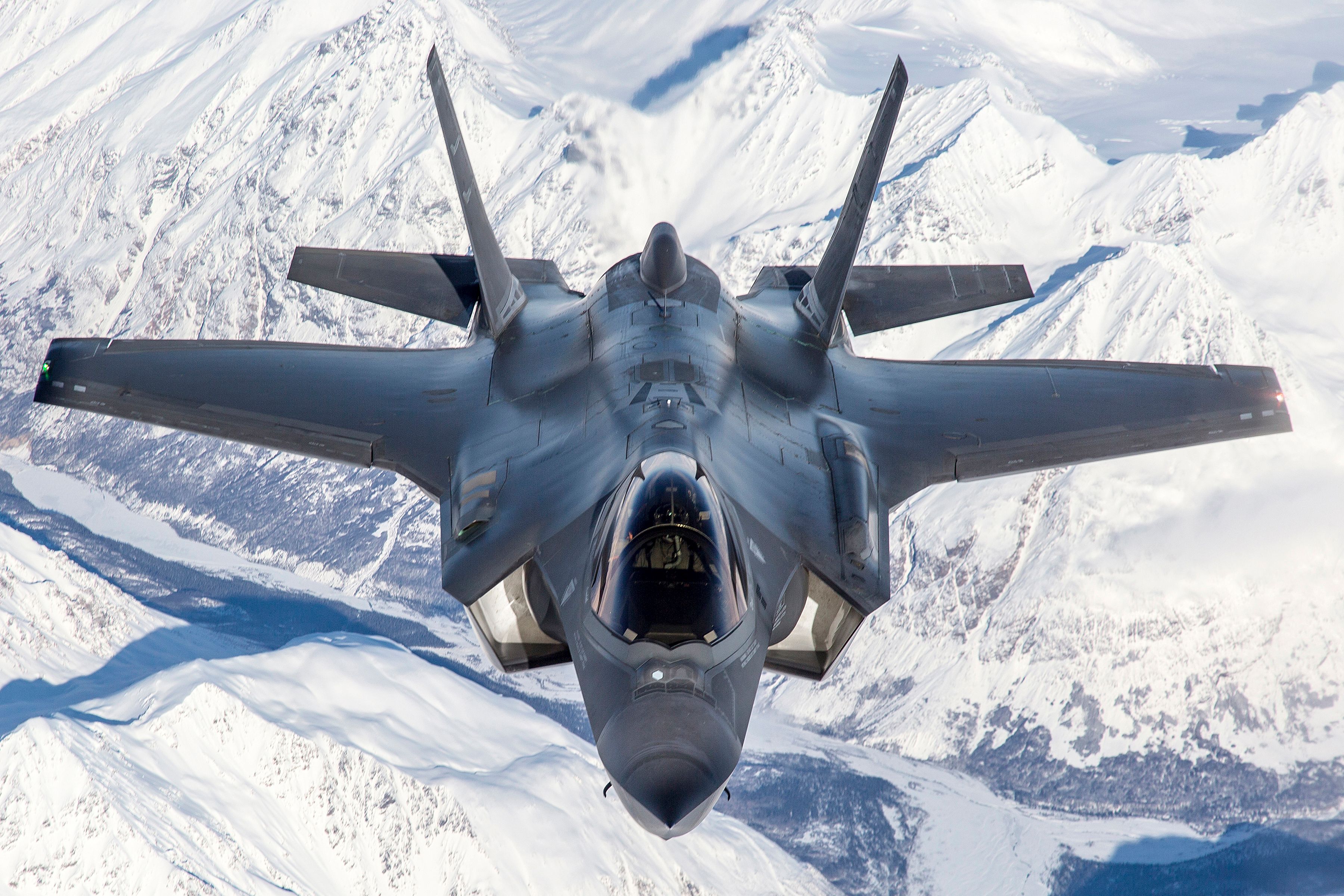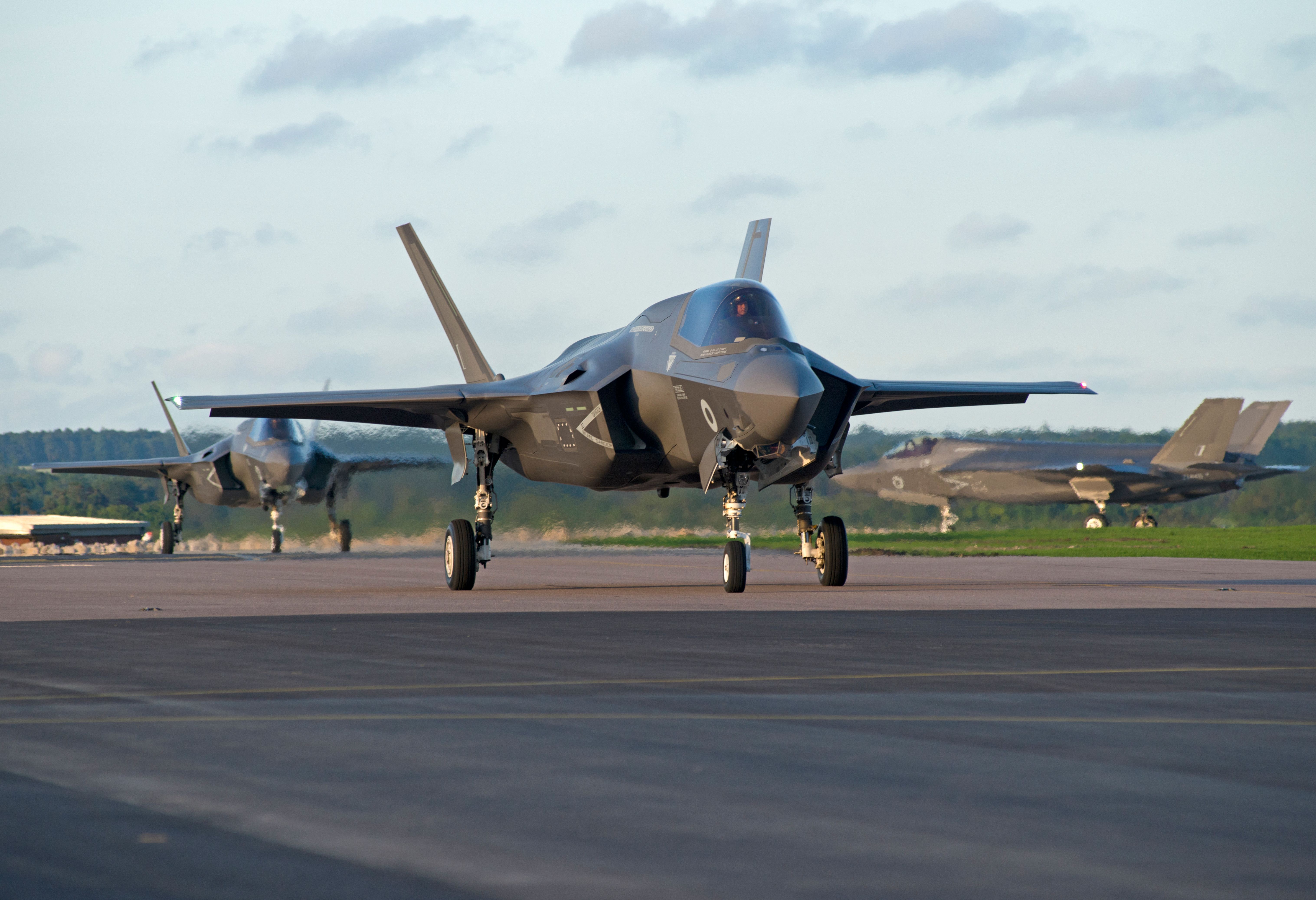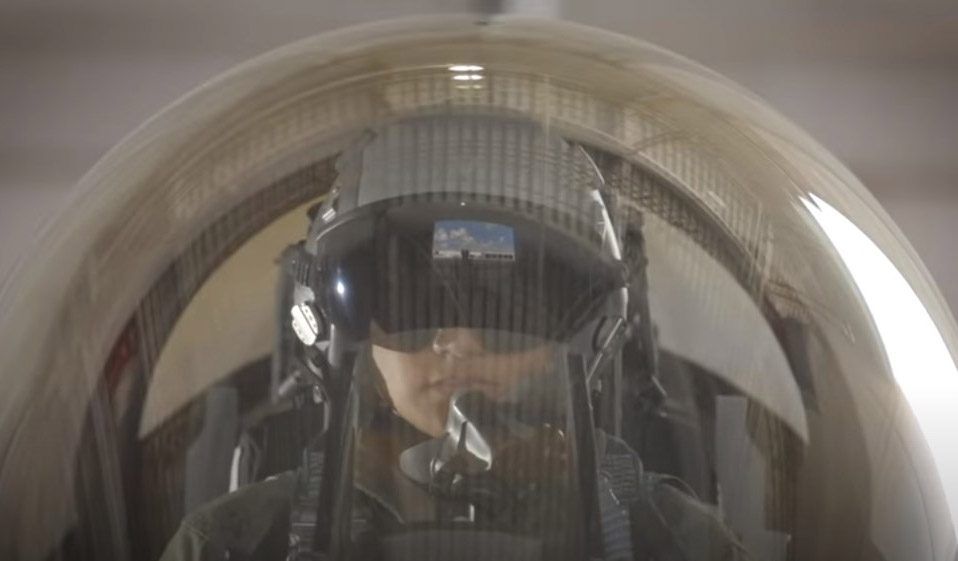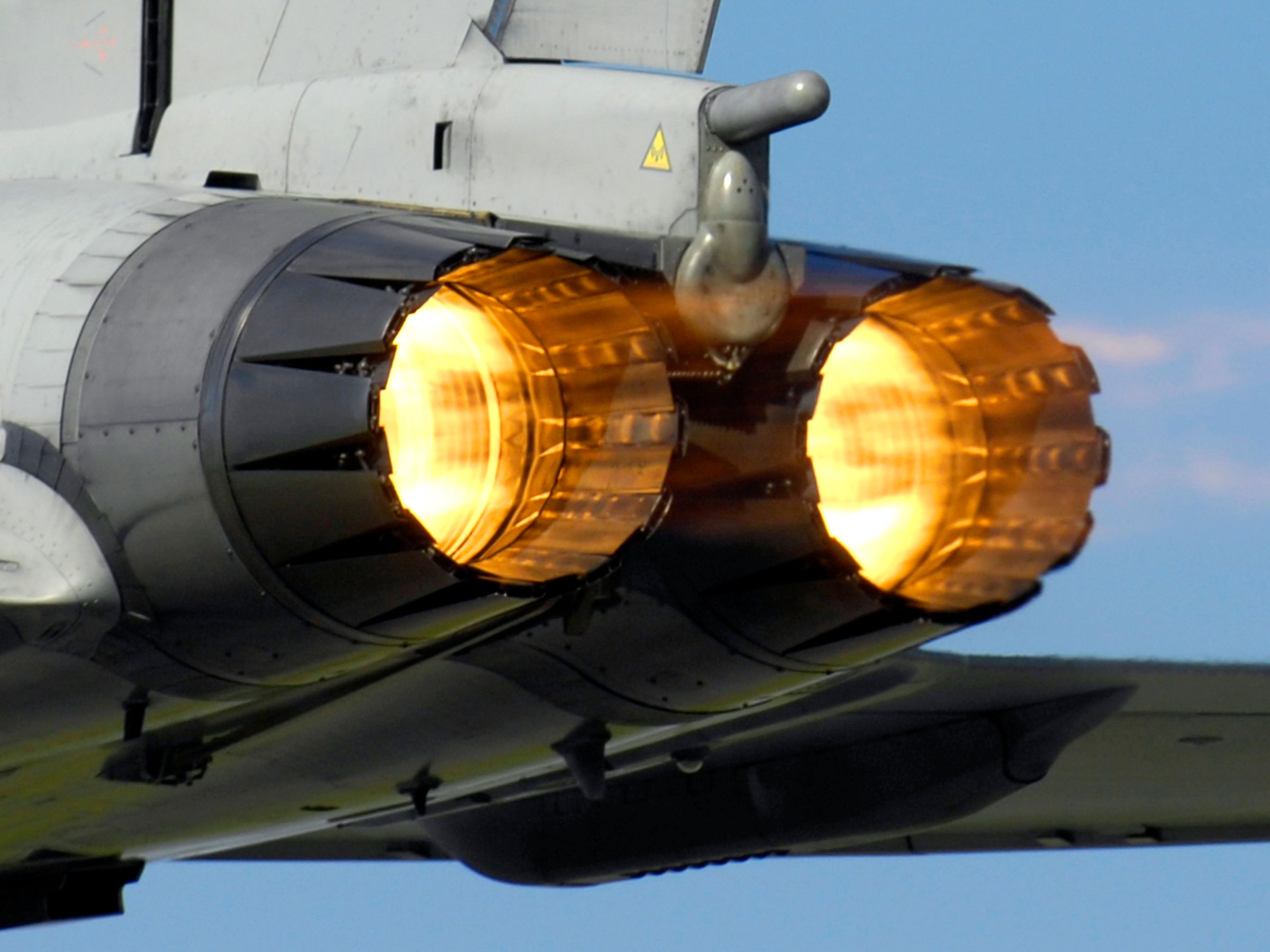Summary
- Fast fighter jets have become less relevant as dogfights decrease in modern aerial combat.
- Flying at faster speeds consumes more fuel and reduces the combat range of fighter jets.
- Stealth, not speed, is prioritized in modern fighters like the F-35 for survivability in combat.
The F-4 Phantom is among the most iconic and loved Cold War American fighter jets. The legendary aircraft is still in use in some air forces around the world (e.g., Turkey and Iran), but it has been retired from US service since 1996. It may be a surprise that this old Vietnam War fighter jet is significantly faster than the advanced fifth-generation F-35.
The F-4 Phantom was designed during the era of dogfights and with a different understanding of aerial combat. While the F-35 can still dogfight, it is designed to see, shoot, and destroy enemy aircraft before they even knew there was a dogfight to be had (even if Tom Cruise can still shoot down fifth-gen aircraft with F-14 Tomcat’s guns).
When faster was better
From the first aircraft used in World War One to around the Vietnam War, aircraft were designed to fly faster and faster. Being able to outrun the opponent and get out of dodge or close the distance and go in for the kill was considered a cornerstone of an aircraft’s capabilities. As the world switched to jet-powered aircraft, fighter jets could be made to break the sound barrier and go supersonic.
Photo: Flight Video and Photo | Shutterstock
|
Fastest aircraft of WWII |
Top speed |
|---|---|
|
Messerschmitt Me 163 Komet: |
702 mph |
|
Supermarine Spitfire: |
606 mph |
|
Lockheed P-80 Shooting Star: |
594 mph |
|
Messerschmitt Me 262: |
560 mph |
|
Heinkel He 162: |
495 mph |
This was also the era of Cold War competition when both the United States and the USSR felt they had to outcompete the other—even if the competition didn’t make sense. When the Americans found out the Soviets had built the MiG-25 Foxbat that could fly at Mach 2.8, they used it as justification to build a new fighter between 1968 and 1970.
Upon learning the Europeans were building a supersonic passenger aircraft (the Concorde), the Soviets felt they had to build a bigger, faster aircraft and fly it first (so they built the disastrous Tu-144). But faster isn’t always better; this is seen in commercial aviation, where the supersonic Concorde ended up a dead-end wonder. It did not usher in a whole new era of supersonic travel, and eventually, it was retired without replacement.
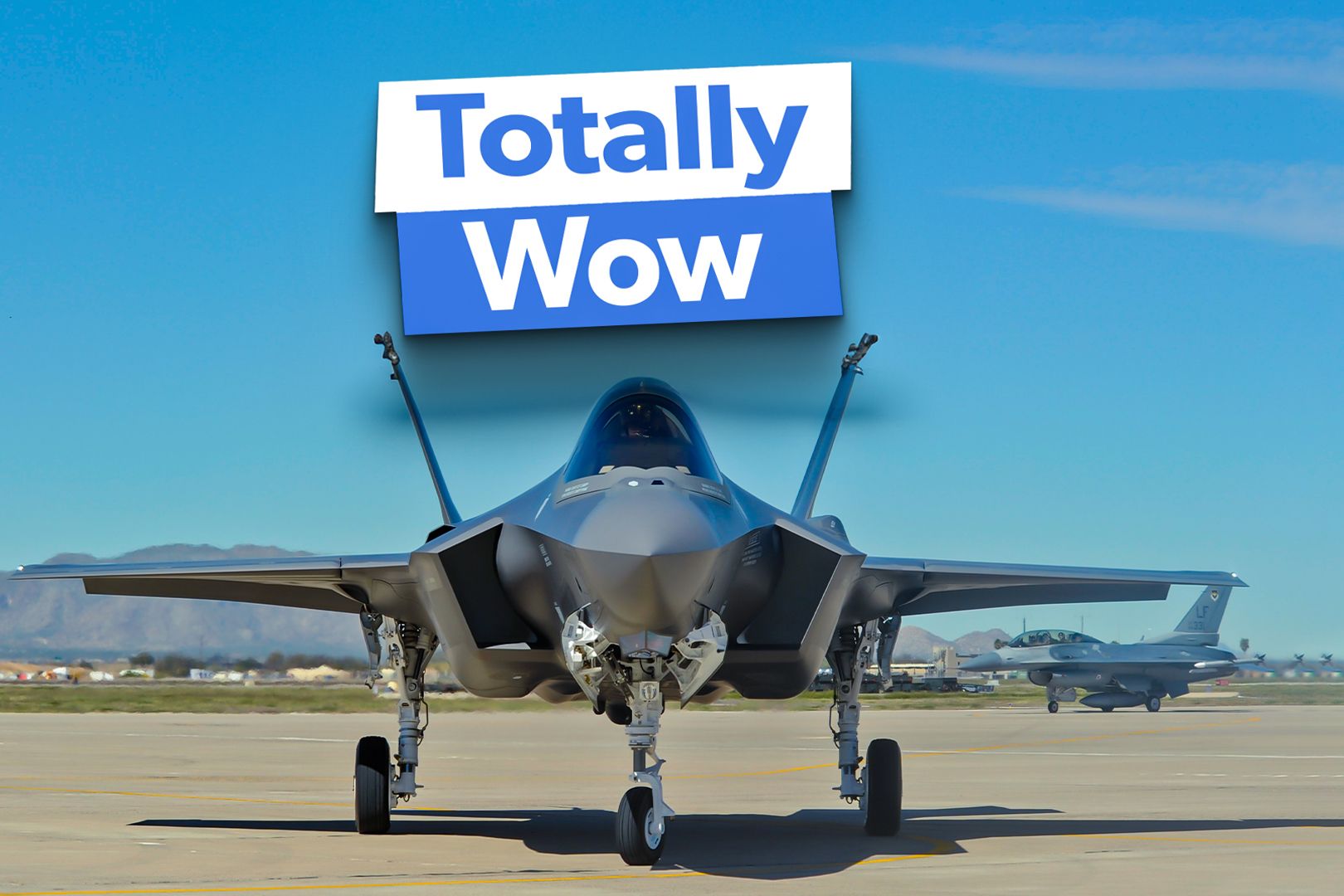
Related
5 Reasons Why The F-35 Lightning II Is The Most Popular 5th Gen Fighter Jet
The F-35 is arguably the most advanced fighter jet in the world today – and is certainly the most numerous 5th-gen fighter.
Almost no Vietnam combat was supersonic
The Vietnam War is where the quest for ever-faster jets ended. Both the Americans and North Vietnamese (with modern Soviet aircraft) had fighters able to fly at Mach 2.2. However, after analysts had trawled through data of over one hundred thousand sorties over the 20 years of the Vietnam War, they found that zero hours had been spent flying at Mach 2.2 in combat.
Photo: Lockheed Martin
|
Vietnam War combat from 100,000 sorties: |
Time: |
|---|---|
|
Mach 2.2: |
0 |
|
Mach 2.0: |
0 |
|
Mach 1.8: |
0 |
|
Mach 1.6: |
0 |
|
Mach 1.4: |
a few minutes |
|
Mach 1.2-1.4 |
a few hours |
Even more bewildering, they found no American pilots had pushed their aircraft to even Mach 1.6 in combat – not even for one second. The most they found was that a few minutes had been flown at Mach 1.4, and only a few hours had been flown at or above Mach 1.2.
Subsonic aircraft have a max speed that is very near their best cruise speed. However, supersonic aircraft have a max speed far greater than their best cruise speed because of afterburners.
One of the key parts of aerial combat is turn rate. It was found that pilots flew their aircraft at the speed that maximized their turn rate or maneuverability – not at their max speed. The best speed to maximize turn rate is around Mach 0.7, meaning air-to-air combat occurs at subsonic speeds.
Photo: Peter R Foster IDMA I Shutterstock
Reduced combat range
Another problem with flying at supersonic speeds is that it consumes a lot more fuel. An aircraft will be able to get into the danger zone faster, but it won’t have the fuel to stay there long. Flying at supersonic speeds saves little time while markedly reducing the combat range of the aircraft. As an example, for the F-4 Phantom to increase its speed from subsonic to Mach 1.5, it reduces its combat radius by 70%.
There are very few examples where using fuel afterburners to get into the thick of it ASAP is worthwhile. A recent example may have been fighter jets taking off to shoot down Iranian drones fired at Israel, where time was of the essence.
Photo: Lockheed Martin
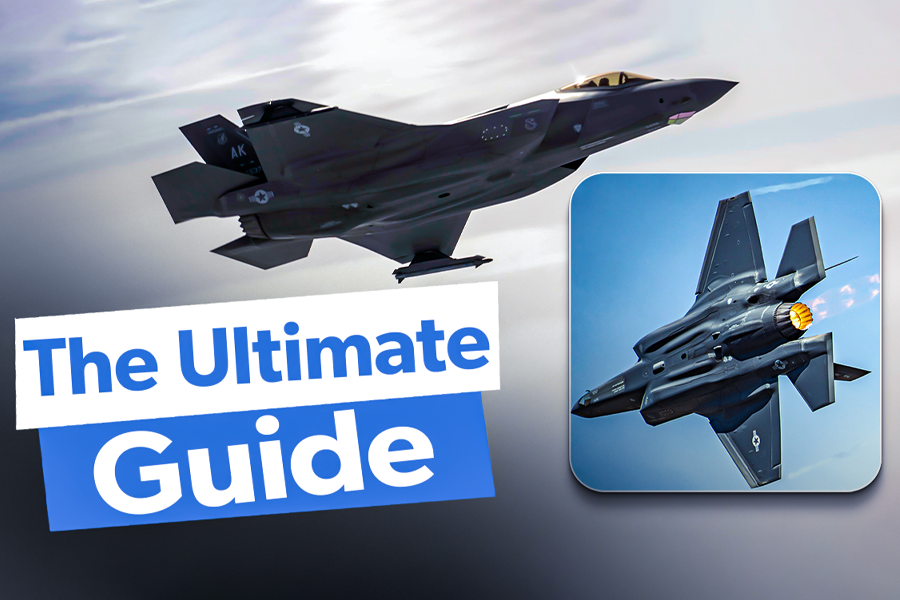
Related
The Ultimate Guide To The F-35 Lightning II’s Advanced Sensor Suite
The Lockheed Martin F-35 is the world’s most advanced 5th -generation fighter jet.
Can’t run, but can hide
Also, no matter how fast an aircraft is, it can’t outrun a missile (e.g., a Meteor air-to-air missile flies at Mach 4).
- F-4 Phantom: Mach 2.2
- F-35: Mach 1.6
But it turns out that even if aircraft can’t run, they can still hide. This is where stealth comes in. The F-35 is not designed to be the fastest fighter, but it is the stealthiest fighter (after the F-22). Traveling at higher speeds would increase heat friction and make it easier for infrared sensors to detect them. Using the afterburners also makes the F-35 more visible. It is to improve stealth that the maximum sustained speed for the F-35 was reduced from Mach 1.8 to Mach 1.6.
Thanks in part to flying slower, the F-35 is larger, can carry more missiles, has a larger combat radius, and is one of the most difficult-to-detect aircraft in the world.

